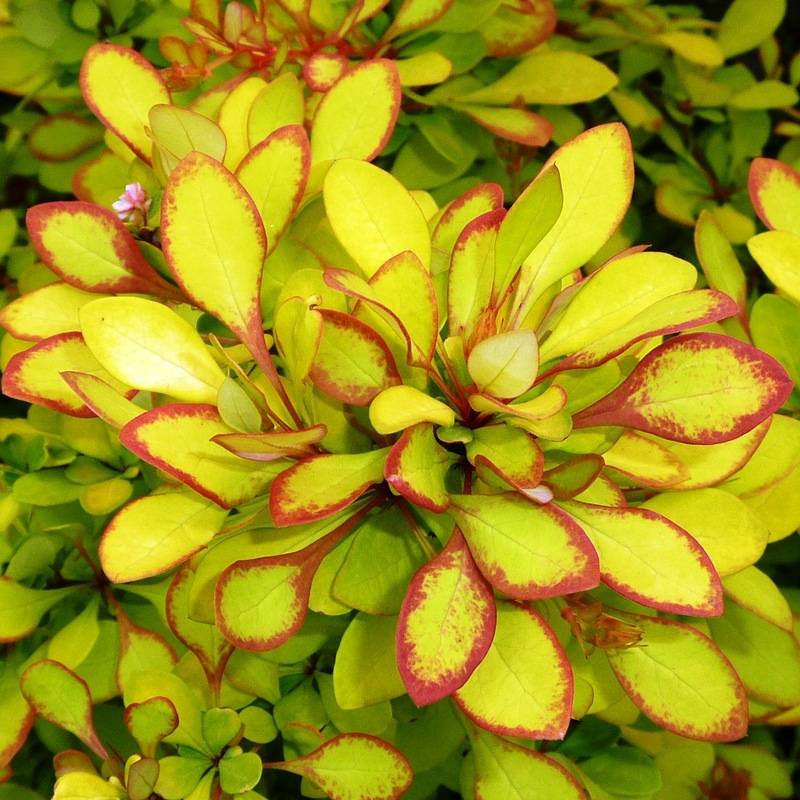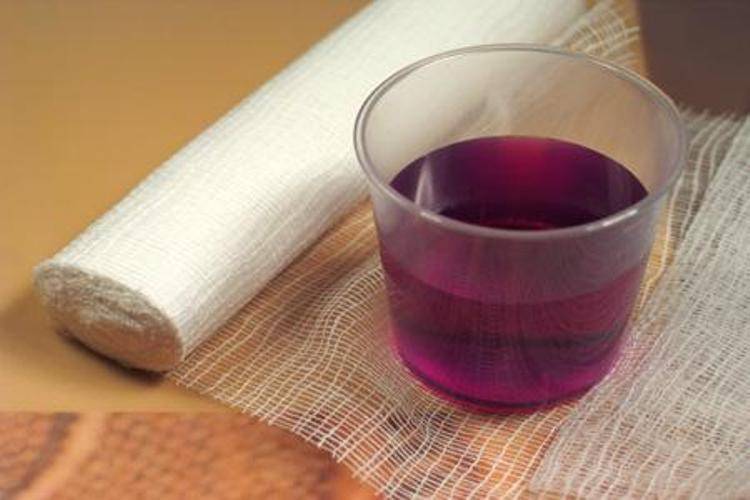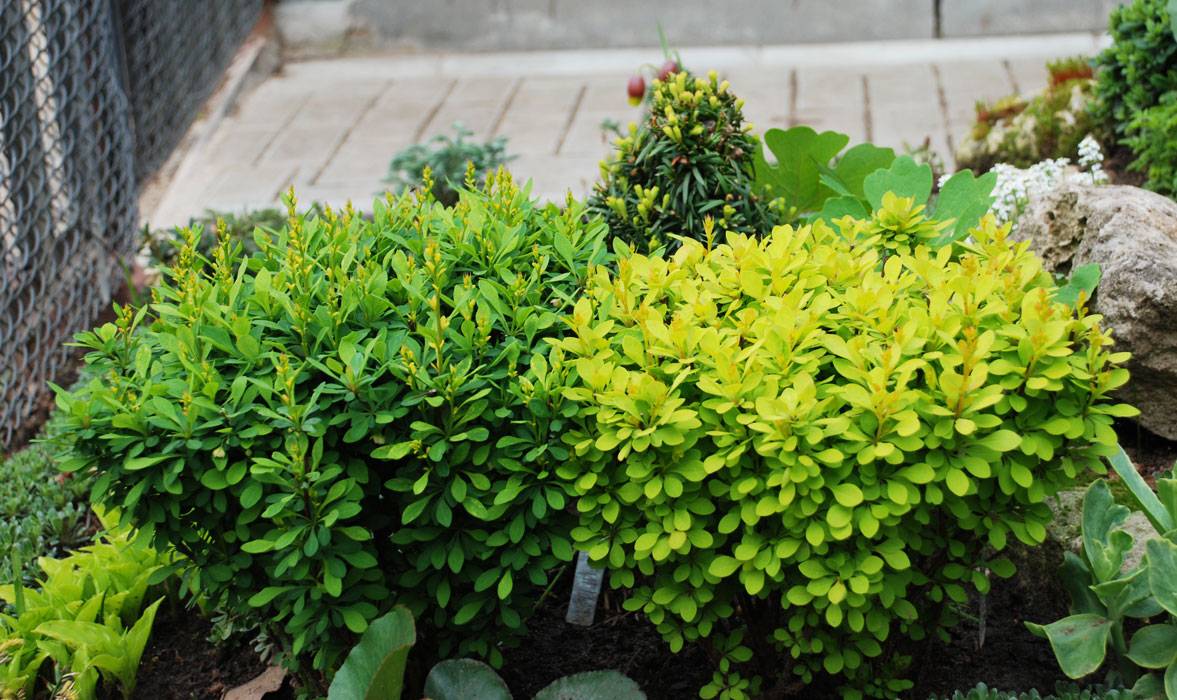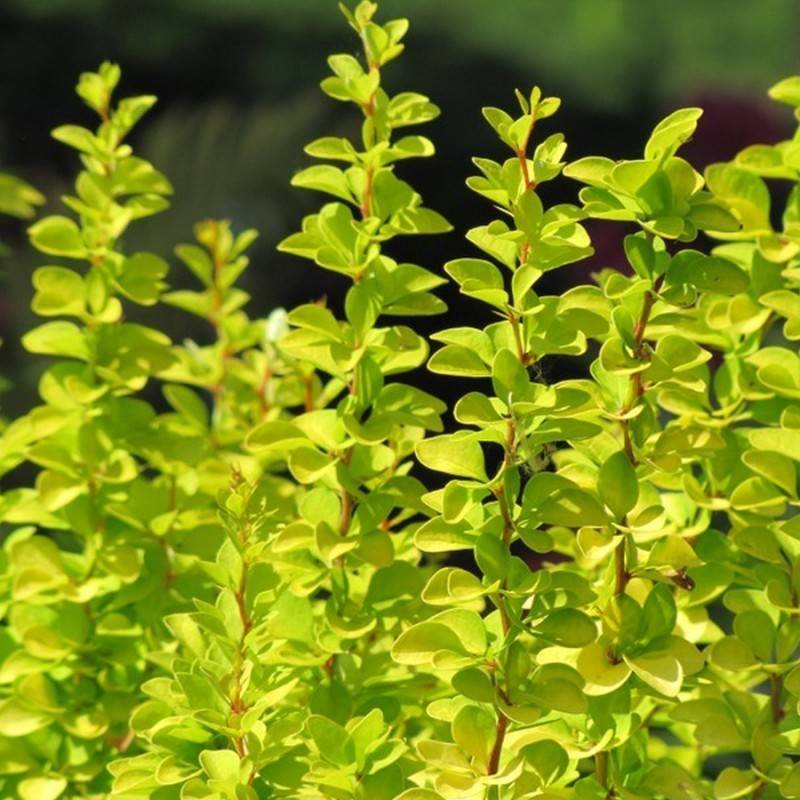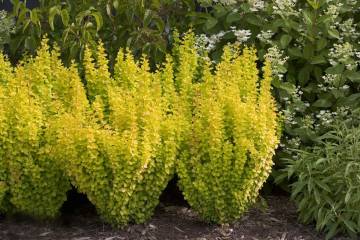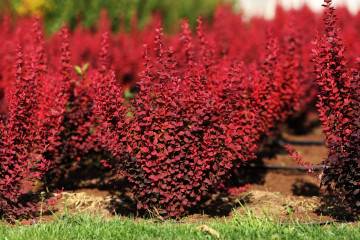Barberry Maria - description and cultivation
Content:
Barberry bushes are one of the brightest decorative elements of the garden. They look spectacular and stand out from the rest of the "green pets". The barberry Maria looks especially aesthetically pleasing - a shrub characterized by purple foliage and brushes dotted with bright red fruits. However, gardeners appreciate this barberry not only for its decorative qualities - Maria is winter-hardy, unpretentious, and also quite easy to care for.
Description of barberry Maria
The Thunberg barberry Maria is a thorny shrub, the height of which can reach 120-150 centimeters, and the crown width is up to one meter. The plant is neat and compact, the crown grows vertically upwards. However, if you do not carry out timely pruning, the shrub will be spreading.
Young shoots of this barberry have a delicate green tint, their tips are red. The leaves are rounded. Until the very end of summer, Maria retains a golden-green color of leaves with a thin burgundy border, and in autumn the crown of the plant acquires an orange tone.
Flowers on the bushes bloom in June, in one inflorescence collected from two to six pieces. The petals are yellowish, with a crimson border. In October, small bright red berries appear on the plant, which do not fall from the bush all winter.
Planting a plant
Barberry Thunberg Maria is a very unpretentious plant, however, in order for it to take root on the site, special attention should be paid to planting it in a permanent place. So, the soil should be loose and fertile, with a low salt content. Bushes can grow in shaded areas, however, the decorativeness of their leaves decreases - the plates become simply green.
When planting a plant in the fall, it is important to take into account that frosts can be dangerous for young shoots, so they need to be prepared for winter.
Planting from seeds
If there is already Maria barberry on the garden plot, there is no need to purchase seedlings. It is enough just to collect ripe berries, extract seeds from them. Then they should be thoroughly rinsed.
In order to preserve seeds for spring planting, it is recommended to keep them in the refrigerator or cellar. If autumn work is planned, the seeds can be treated with special growth regulators.
To sow seeds, you need to dig up the ground, prepare the beds. Experienced gardeners note: autumn seeds will sprout only in spring, and planting material will only turn out in a series of one and a half to two years.
Planting seedlings in open ground
At first, the barberry Maria grows not in height, but in width. That is why it is important to plant young shoots at a distance of about two meters from each other and from other plants. The hole must be larger than the root ball.
In order for the plant to take root, the following composition should be introduced into the planting pit:
- two parts of sod land;
- one part of humus;
- one part of peat.
Before removing the seedling from the container, the soil must be thoroughly watered so as not to damage the rhizome.
Planting barberry Tunberga Maria is as follows:
- Remove the seedling from the container.
- Place the plant in the prepared hole, gently spread the roots.
- Cover the root with earth, tamp it without completely filling the hole.
- Water the soil abundantly.
- Top up with soil to completely fill the hole.
- Water again.
If there are damages on the roots of the barberry, they must be removed by treating the cut with a solution of potassium permanganate. A barberry planted on a hot dry day needs shelter.
Separately, it should be said about planting a whole hedge. In this case, experienced gardeners recommend using two-year-old seedlings.
They must be planted as follows:
- Dig a trench 50 centimeters wide and as long as necessary.
- If the soil is poor, add nutrient to the bottom of the trench.
- Plant each plant as described above.
- Protect plants from direct sunlight.
How to care for barberry Maria
As is clear from the description of the barberry Maria, this plant is very unpretentious. However, in order for the shrub to have a high decorative effect, attention should be paid to it. Crop care consists of several stages.
Watering
If the climatic conditions of the region are not characterized by excessive aridity and a large number of hot days, gardeners recommend watering the barberry once every 7-10 days. It should be noted that this recommendation applies only to young seedlings, while adult plants can do without watering - they have enough rainwater.
Top dressing
In the first year of life, the nutrient mixture that was introduced into the soil before planting is enough for the barberry. In the spring, it is recommended to apply fertilizers containing nitrogen, and at the end of August, the barberry will need a complex of mineral fertilizers.
Pruning
Sanitary pruning is essential to sting damaged and diseased branches. It must be carried out before flowering - in early spring. Both stand-alone plants and group plantings should be pruned.
If the plant has grown strongly, the density should be thinned out. From an old plant, it is necessary to remove adult and dried branches, forming a bush from a young growth. Young shoots are removed from a young plant.
Reproduction methods
There are several ways to propagate Berberis Tunberga Maria. Each has its own disadvantages:
- Propagation by means of seeds obtained from berries. The main disadvantage is poor germination rates. In addition, the loss of varietal qualities is possible.
- Reproduction by rooting lateral shoots. The disadvantages of this option include the fact that sometimes shoots simply do not appear.
- Cuttings. Experienced gardeners say that cuttings can take root for a long time.
Diseases and pests
Due to the fact that the barberry of the Maria variety was bred by breeders as a plant resistant to adverse climatic conditions and pest attacks, it is practically not susceptible to diseases.
Gardeners call the main enemies of this shrub fungal diseases, the main of which is powdery mildew. It is not difficult to recognize the disease: a white bloom appears on the leaves and stems.
Another disease that affects barberry is spotting. If you run it, the bush may die.The main symptom is the appearance of orange bumps on the leaf plates. They contain fungal spores that can be harmful to other horticultural crops.
Plants can get sick due to pests:
- spotted;
- wilting;
- bacteriosis.
The most dangerous for Mary are the moth and barberry aphid. The most effective measure to combat them is sanitary pruning, the affected bushes can be treated with complex preparations.
Preparing for winter
Since the plant has increased frost resistance, it is not necessary to cover it for the winter. An exception is young shoots planted in the fall. It is best to mulch the rhizome; you can cover it with any suitable material.
Use in landscape design
Barberry Maria is distinguished by increased decorativeness, due to which it is used in landscape design. The variety is great for creating borders: it is easy to cut and grows vertically.
The height of the bush, reaching one and a half meters, makes it possible to make Mary the center of a small garden composition. In order to do this, it is enough to surround it with unpretentious antennae, perennial survivors and stones. To decorate the site with a larger-scale composition, you can combine the barberry with the Diabolo bubble.
Healing properties
Barberry has found wide application in medicine. It contains berberine, a chemical that scientists have not yet been able to obtain artificially.
This component is effective in a number of diseases, such as tachycardia, diabetes. Berberine has anti-inflammatory and antipyretic effects, has a positive effect on the activity of the endocrine system and the gastrointestinal tract.
Barberry is a plant that is distinguished by strong immunity and is not afraid of pest attacks. It is characterized by high frost resistance. In addition, it is a melliferous plant, and therefore, by planting it on the site, you can get a small harvest of fragrant honey.
